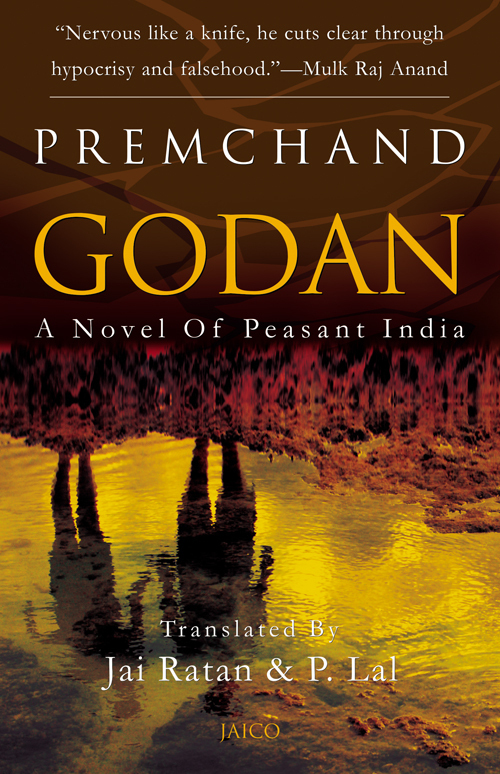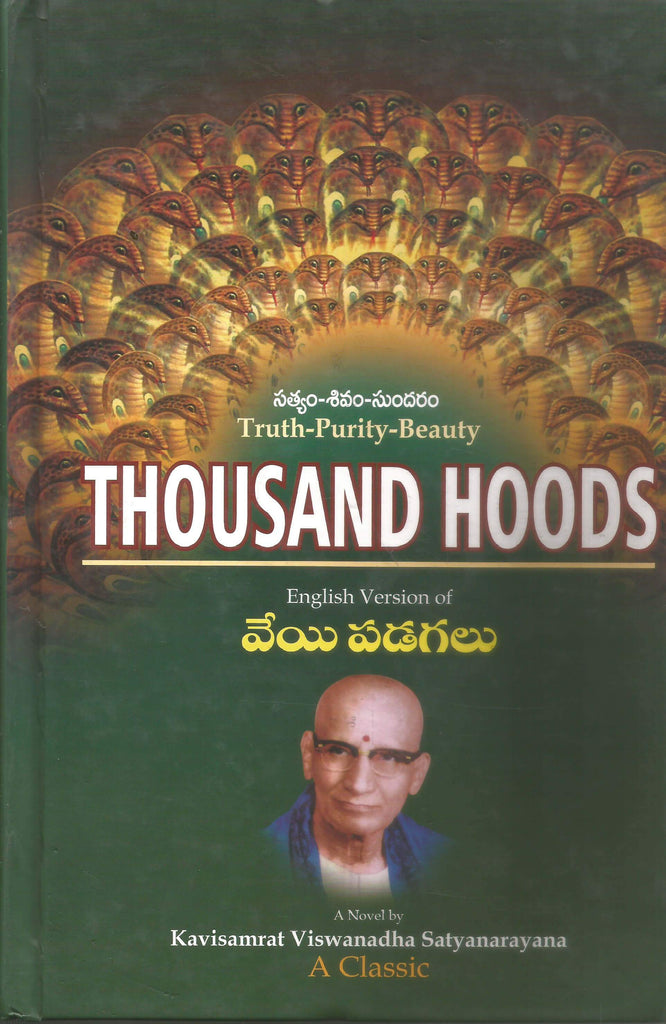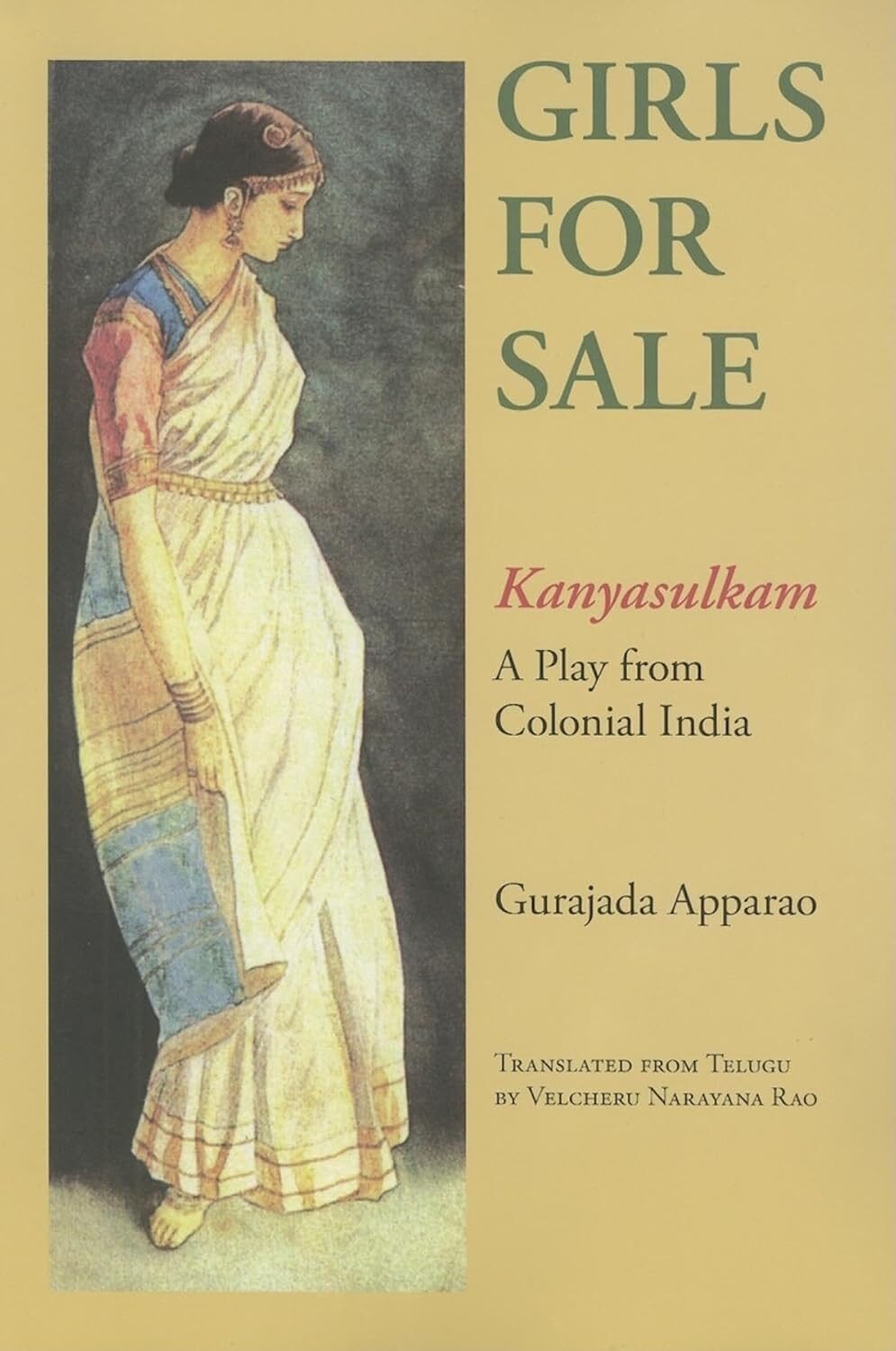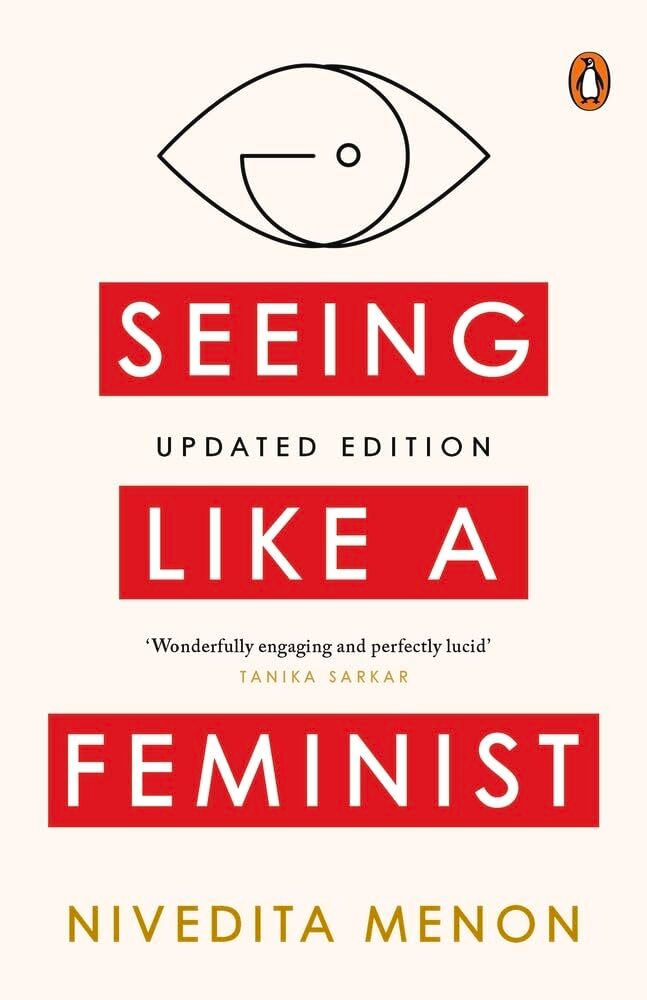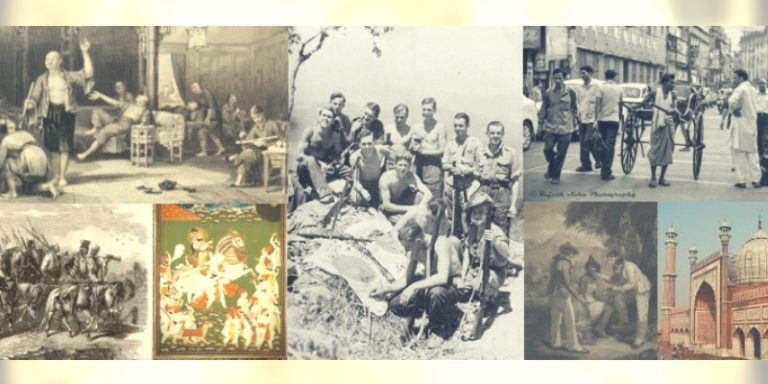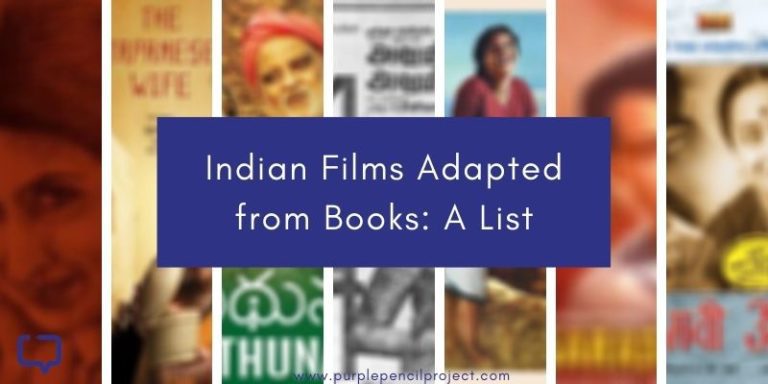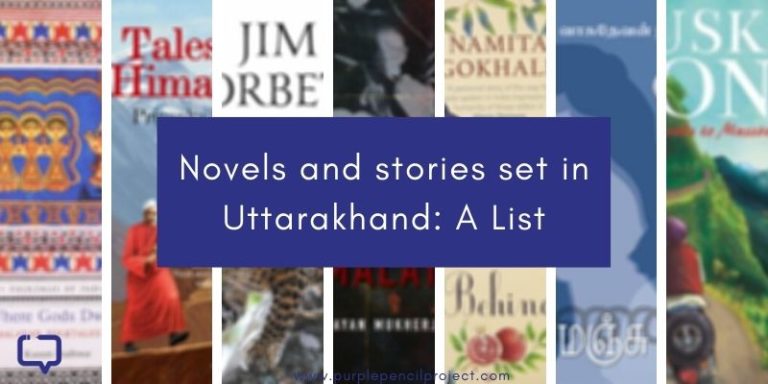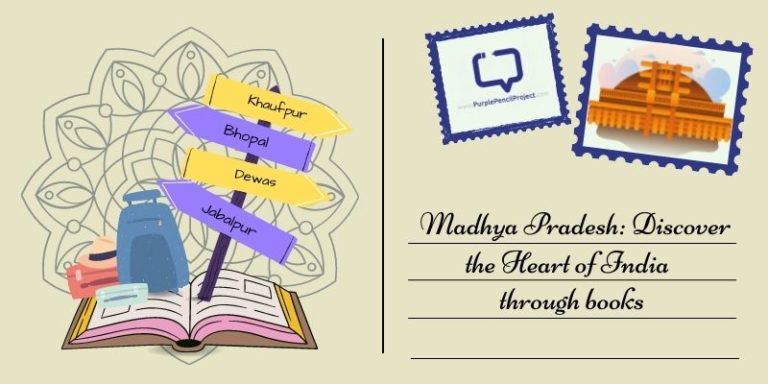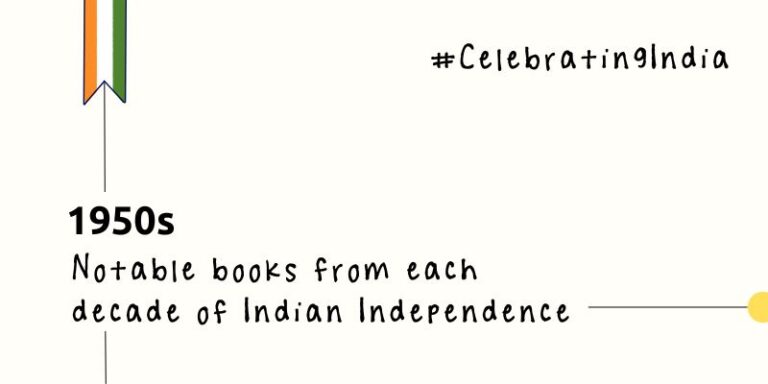Indian literature, while vast, often remains limited in the mainstream. Outside the handful of classics and Booker-winning titles, the vast reservoir of stories and voices frequently are deprived of the spotlight.
Here’s an attempt at change.
Our list of books from the literature of India travels across languages, periods, voices and styles to bring a diverse set of books to read and use as a tipping point to go into several rabbit holes. No list of 100 (or 101) books can be comprehensive, and neither is this. But it is, certainly, a great place to discover new titles and authors, start or re-discover the habit of reading, and understand the many strands of culture and language that are essential to the literature of India. Let’s begin.
And, oh, this isn’t a ranked list. No fights, please.

















